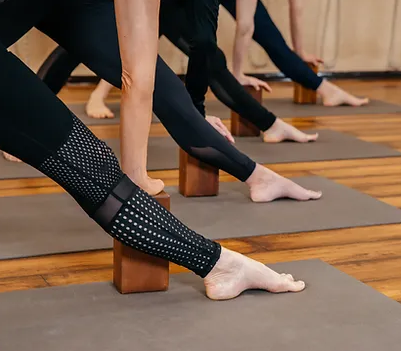You might need to train your core as a runner if………
Nice try Jeff, but the real answer is you should always train your core as a runner, ESPECIALLY if you consistently deal with any of the following:
- Nagging hip or knee pain that begins at any time during your run
- Plantar fasciitis or Achilles tendonitis
- Unbalanced muscle soreness later in the day or the day after running
- Lower back or neck pain
How does the core tie into running?
Without getting too complex, when we refer to the core, we typically are referring to the muscles that do a lot of the heavy lifting (no pun intended) in the body, many of which are deeper than the surface and are localized around the lower ribs, torso, and hips. Yes, you can rock a dad bod and still have a solid amount of intrinsic core strength, which is a common misconception. The best way to think about how they apply to running is to think of jumping on a trampoline.

If you’ve ever had the pleasure of breaking in a brand new trampoline, you’ll know how amazing it is at transferring the hop you put into the canvas and allowing you to bounce to amazing heights (especially if you have like 2-3 other people to launch you into the air). As the springs wear down over the years, the canvas takes a lot more effort to bounce into to get high, and often you cannot spring as high as you once could.
The core works in the same way while running. When it works well, the center of our body acts like a spring, transferring energy that we produce from the ground with the push of our leg, and shifting it into our upper body to push us forward. If the springs start to get loose, that push forward still happens, and our body compensates by getting it elsewhere. These compensations are why we begin breaking down and developing physical issues, but luckily we don’t have to buy a new trampoline!
Self-screen
Although there are many other procedures we would do to figure out the best plan for you in the office, one of the easiest screening tools you can do for yourself is a single-leg standing test:

With no shoes on and standing in front of a mirror, simply attempt to stand on one foot. When you do this do you notice:
-
Does your hip has to glide to the side?
-
Does your body rotate?
-
Does your ankle jiggle like a leaf in the wind?
-
Is it harder on one side compared to the other?
These can all be small signs that an additional investment is needed for you to continue to run without pain. For further assistance, schedule an appointment and we’ll get you back to your best, pain-free running self!



